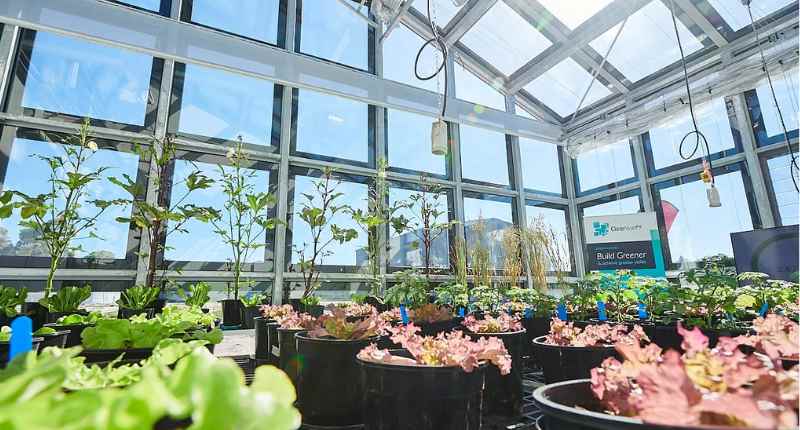
- Solar energy to play a key role in Australia's race towards net-zero emissions.
- Clear solar windows shown to be effective in peer-reviewed research.
- Technology can help Australia's building sector drastically lower energy use.
As Australia races to meet its net zero emissions target by 2050, there has been renewed attention to how efficiently our built environment uses energy. Particularly, the commercial building sector has come under scrutiny for its energy use, responsible for 25% of the nation’s electricity and 10% of its total carbon emissions.
The race towards sustainability
Some companies in Australia’s commercial office sector have already taken the lead, adhering to sustainability ratings like NABERS, investing in Grid-interactive Efficient Buildings (GEBs), or upcycling old buildings into A-grade sustainable assets.
Solar energy is especially in vogue at the moment, with the sector expanding at neck-breaking speeds in Australia. The Australian Energy Market Operator predicts that the nation’s solar photovoltaic (PV) system capacity is set to rise from 11.1 GW in 2019 to between 22 GW and 50 GW by 2040.
While most of the increased solar capacity is in the form of conventional technologies like solar farms and rooftop panels, a new method could soon take off.
Just last week, solar energy technology company, ClearVue Technologies, revealed the results of two years of peer-reviewed research into its clear solar glazing technology, published in the MDPI Technologies journal.
What is clear solar glazing?
Clear solar glazing technology, also known as transparent solar cell technology, is transparent, see-through solar panels usually created of glass. ClearVue claims that its clear solar windows have a visible light transparency of about 70%.
“Solar glazing solutions have been talked about for years, yet until now, commercially available clear vision solar glass designed for commercial building façades has not been put to the test in a real-world environment for extended study,” says ClearVue’s chief business development officer, Clifton Smyth.
“The only long-term installation of its kind has shown that solar energy harvesting with ClearVue solar glazing solutions is not only feasible on vertical surfaces, but effective throughout all seasons. Each installation is unique, so results will vary depending on how demanding energy use is for any given building, and where and how the solar glazing is installed on a building.”
A breakthrough in solar technology
The two-year study demonstrated that ClearVue’s clear solar glazing technology produces consistent energy generation and substantially lowered energy consumption, producing electricity at rates of up to 19 kilowatt-hours per day, offsetting about 40% of energy costs.
These gains are attributed to ClearVue’s pioneering fluorescent particle technologies. The panel’s transparent interlayer is laced with nano and micro particles spreading the solar energy hitting the glass’ surface in the direction of the solar cells located at the boundaries of the insulated glass units (IGUs), allowing solar energy to be harvested despite the sun not shining directly on the IGU.
The solar glazing installed all over the building’s vertical walls and inclined rooftops further enhanced energy production.
Notably, the researchers found that, while conventional rooftop solar panels outperformed clear solar glazing in perfect conditions, the clear solar panels performed better in adverse conditions, like rainy days — the windows, which are installed vertically and on the building’s rooftop, allow for the capture of sunlight from a variety of angles compared to rooftop panels.
With sustainability increasingly a priority for office tenants, this technology may revolutionise the commercial building sector, providing companies with an additional tool to generate renewable energy, lowering greenhouse gas emissions and helping the nation avert a climate emergency.




